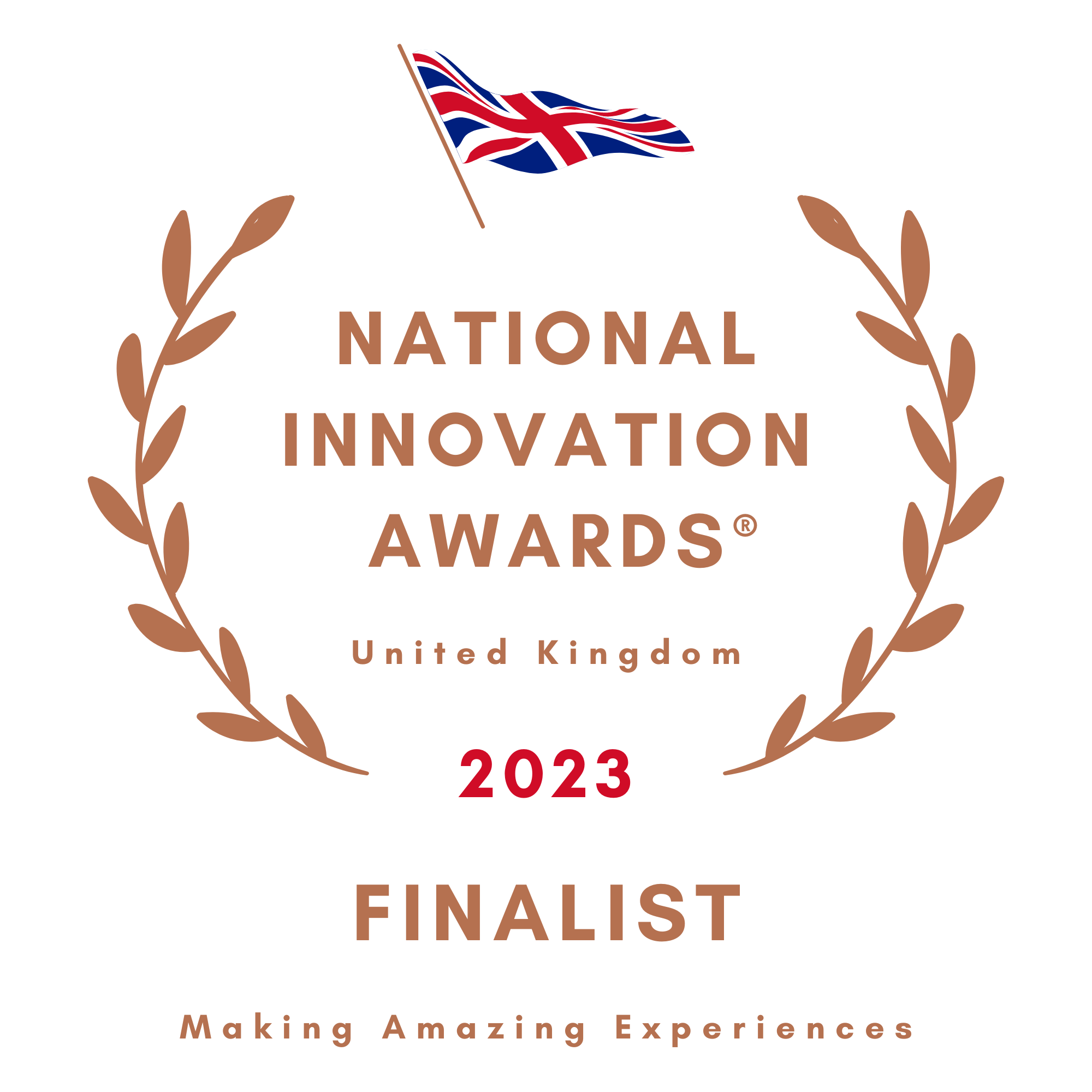Dragonfly AI is a predictive analytics platform designed to help you improve the quality and effectiveness of your creative across any format, channel and market.
The Truth about AI
Is your AI innovation going to be productive?
Jamie Qiu, MD & Founder of Studio Zao looks at how we can maximise AI productivity
.png?width=285&height=316&name=image%20129%201%20(4).png)
Jamie Qiu
The tide has risen, and it's lifting all AI boats.
”AI” is being uttered in every other sentence. We have Generative AI to thank (or “GenAI” as it is more affectionately known…). For finally releasing the waters of awareness and attention for AI overall.
There are so many facets to the dialogue about AI, the vast majority of which I won’t be broaching here. But AI and ML models aren’t new, and for those who work in this space, the dialogue on the whole doesn't include things that haven’t been said before. It’s just, they’re much louder, frequent, and mainstream.
The thing is, it’s never been easier to get an AI-based idea heard and taken seriously in large organisations. Innovation pipelines are being rapidly filled up with all things AI. Now, organisations are piling in more time, money and resources into AI innovation than ever before, but will they get much back?
How do you make sure the time, effort, money and resources that you put into AI innovation is going to be productive?
1. Focus on value but don't be narrow
Definitely prioritise the use-cases where business value will be the greatest. But don’t be limiting in your definition of value. Too often, short-termist needs of value trump the longer-term voices.
Now is the time to use this high tide to shore up consensus around not just the quick fixes that can be achieved this quarter, but also the strategic competitive advantages that could be embedded over the next few years. Those competitive advantages may not all be easily quantifiable at this point in time looking forward — but as Einstein once said:
“Not everything that can be counted, counts; and not everything that counts, can be counted.”
2. Don't go gaga over models, love the data instead
Data is what fuels the ‘magic’ behind the AI models but data has always been a challenge for large organisations; not just the handling, cleaning, storing and usage… but also the conversation about data and how to see it as a valuable business asset.
Don’t get lost in this moment in conversation about the AI models — use this opportunity to get the more important conversation about data right and that will have much longer-lasting benefits.
3. Build the broader digital 'muscle' and 'connective tissue'
There are many examples of organisations successfully applying AI in individual instances and use cases, but far less examples of organisations able to reap the benefits of AI at scale. The power of it is fundamentally founded upon digital pillars, so it’s vital to think about how to enable experimentation and integration of AI innovations into the organisation. This requires agile changes to ways of working, building innovation and experimentation capacity and capability in teams, and ensuring enabling technologies speed up instead of slowing things down.
4. Understand the business model implications
AI and ML models are not new. One of the major challenges that have stymied its broader launch has always been the monetisation of it. Is it a new revenue stream in itself, nice and simple? Is it a “productivity factor” that will allow you to charge a premium on the existing revenue models of your business? Or is it, conversely, for your industry, something that might catalyse a race to the bottom? Within all of this, how do you price it? These are only a few of the commercial and business model questions that need to be elucidated before productively embarking on making it real.
It’s all too easy right now to slap AI onto everything. But at the end of the day, be selective, prioritise, and pace yourself. Your thoughts are welcome, and let me know if you have any questions. Get in touch if you want to discuss further how to make your innovation efforts more productive and effective.


